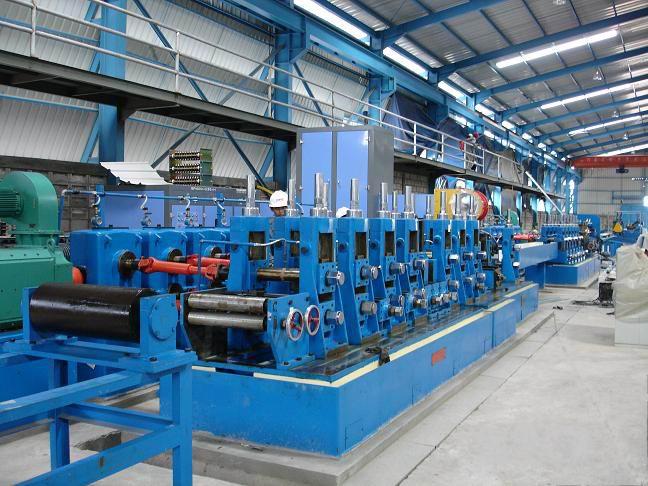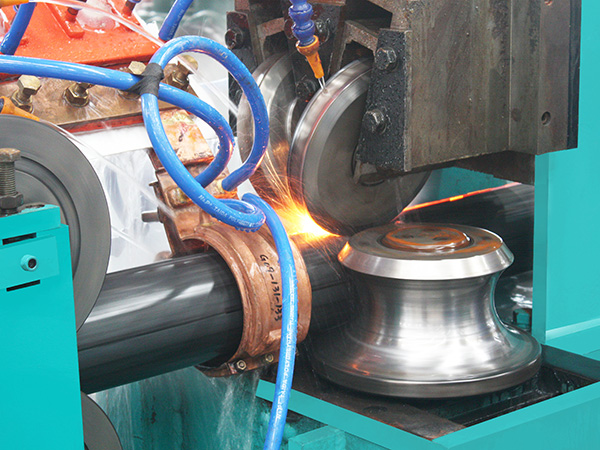Used welded tube mills production line, the cause of the appearance of instability of thin-walled pipe forming
- Sort:Information
- Auth:
- Source:
- Release time:2021-11-12 11:30
- Pvs:
【概要描述】The used welded tube mill production line of can be divided into thick-walled pipes and thin-walled pipes. The difficulty in forming thin-walled pipes and thick-walled pipes is clearly different. The difficulty in forming thin-walled pipes lies in the fact that the edges are generated during the forming process of the tube blank. Longitudinal extension is easy to produce bulge.
Used welded tube mills production line, the cause of the appearance of instability of thin-walled pipe forming
【概要描述】The used welded tube mill production line of can be divided into thick-walled pipes and thin-walled pipes. The difficulty in forming thin-walled pipes and thick-walled pipes is clearly different. The difficulty in forming thin-walled pipes lies in the fact that the edges are generated during the forming process of the tube blank. Longitudinal extension is easy to produce bulge.
- Sort:Information
- Auth:
- Source:
- Release time:2021-11-12 11:30
- Pvs:
The used welded tube mills production line of can be divided into thick-walled pipes and thin-walled pipes. The difficulty in forming thin-walled pipes and thick-walled pipes is clearly different. The difficulty in forming thin-walled pipes lies in the fact that the edges are generated during the forming process of the tube blank. Longitudinal extension is easy to produce bulge.

Thin-walled pipe, in theory, refers to a type of welded pipe with a wall-to-diameter ratio of less than 2%; in practice, welded pipes with a wall thickness of less than 0.6mm are also called absolute thin-walled pipes. The difficulty in forming thin-walled tubes is that the rigidity of the tube blank is low, and the edges are easy to lose stability, leading to forming failures.

The manifestation of forming instability
As mentioned earlier, there are two main manifestations of instability of thin-walled pipe forming in the used welded tube mills production line, one is wave and the other is bulge. In a sense, the process of forming thin-walled tubes is a process of restraining the formation of bulges.
However, under normal circumstances, even thin-walled tubes may not necessarily be bulging. Taking the adjustment operation as an example, the same thin-walled pipe, on the same pipe welding unit, uses the same set of forming rolls and the same tube blank raw material, and different operators sometimes have very different adjustment results. The formation of thin-walled tube forming instability in the used welded tube mills production line shows at least two points. ①The debugging operation of welded pipe has a brilliant effect in suppressing bulge and should be given great attention; ②There are many reasons for the bulge, but the formation mechanism is not complicated.
More News

Time of issue : 2023-10-31

Time of issue : 2023-10-28

Time of issue : 2023-10-25

Time of issue : 2023-10-22
Wechat: 13392281699
Email: zty@usedpipemill.com
Company address:No. A99, East Lecong Avenue, Lecong Town, Foshan City, Guangdong Province
Recommendation
Online Inquiry
LINK
Contact Us
Tel (wechat): 13336487288
Wechat:+86 13336487288
WhatsApp:+86 13336487288
Email: zty@usedpipemill.com
Address: No. A99, Lecong Avenue East, Lecong Town, Foshan City, Guangdong Province










